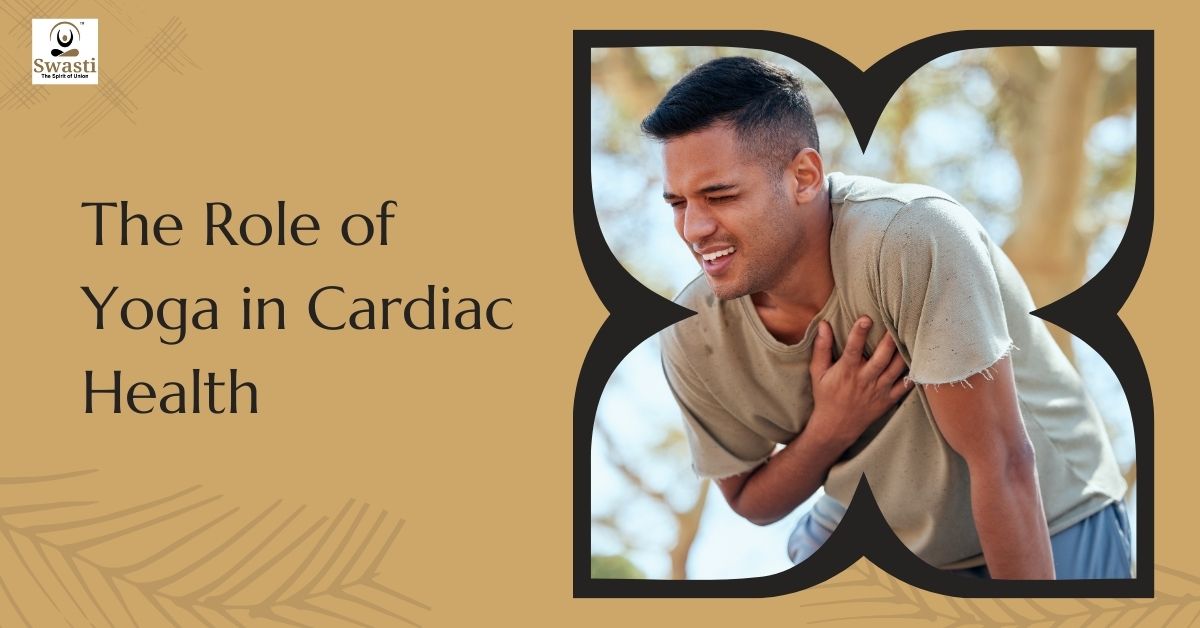In today’s fast-paced world, where heart disease remains a leading cause of death globally, it is crucial to explore alternative and holistic approaches for promoting cardiovascular health. This comprehensive blog post delves into the transformative impact of yoga on cardiac wellbeing, highlighting its potential as an effective complementary therapy alongside traditional medical interventions. By exploring scientific evidence and real-world examples, we aim to shed light on how this ancient practice has evolved to become a powerful tool in preventing and managing various cardiovascular conditions.
Historical Perspective
Yoga originated thousands of years ago in India, with roots tracing back to over 5,000 years. Initially practiced primarily for spiritual growth and self-realization, modern research has revealed that yoga also offers numerous physical benefits, including improved cardiovascular function. In fact, the first documented use of yoga for treating heart diseases dates back to the 19th century when Swami Vivekananda prescribed specific yogic practices to patients suffering from angina pectoris.
What Are the Benefits of Yoga for Cardiac Health?
- Reduces blood pressure: Yoga has been shown to decrease both systolic and diastolic blood pressure, particularly in individuals with hypertension or prehypertension.
- Lowers cholesterol: Practice of yoga can result in reduced total cholesterol and LDL (“bad”) cholesterol, while increasing HDL (“good”) cholesterol.
- Improves stress management: Yoga promotes relaxation and reduces stress hormone production, leading to enhanced mental and emotional wellbeing.
- Boosts immune system: Regular yoga practice strengthens the immune response against inflammation, which contributes to the development of CVD.
- Encourages healthy lifestyle habits: Adoption of yoga often leads to additional beneficial behaviors, such as increased physical activity, better nutrition, and smoking cessation.
- Supports cardiac rehabilitation: Yoga can complement traditional cardiac rehabilitation programs, helping individuals recover from heart attacks or heart surgeries.
- Enables relaxation and meditation: Yoga classes typically conclude with a period of meditation, which can help lower blood pressure and alleviate stress.
What Are Some Specific Yoga Poses That Are Good for Heart Health?
Several yoga poses are particularly beneficial for cardiac health. Below is a selection of poses that can help strengthen the heart, improve circulation, and reduce stress:
- Tadasana (Mountain Pose): Helps strengthen the vertebral column and heart, and deep breathing expands the lungs.
- Vrikshasana (Tree Pose): Develops a firm and balanced posture, broadening the shoulders and opening the heart.
- Utthita Hastapadasana (Extended hands and feet pose): Controls weight, thus boosting heart health.
- Trikonasana (Extended Triangle Pose): Promotes cardiovascular exercise, expanding the chest as breathing becomes deeper and more rhythmical.
- Bhujangasana (Cobra Pose): Stretches the chest and invigorates the heart.
- Dhanurasana (Bow Pose): Opens and strengthens the heart region.
- Marjariasana (Cat Pose): Provides relief after challenging poses, settling the heart rate and boosting blood circulation.
- Adho Mukha Svanasana (Downward Dog Pose): Strengthens the chest muscles and expands the lung region, increasing its capacity.
- Paschimottanasana (Two-Legged Forward Bend Pose): Reduces heart rate and respiration while allowing the whole system to relax.
- Savasana (Corpse Pose): Relaxes the body and mind, reducing stress and promoting overall wellbeing.
It is essential to perform these poses under the guidance of a qualified yoga instructor, especially for individuals with existing heart conditions or high blood pressure. Always remember to listen to your body and avoid pushing beyond your limits.
What’s the Healthy DIET to Maintain Good Cardiac Health?
A heart-healthy diet is an essential component of maintaining good cardiac health. Here are some specific dietary recommendations for a healthy heart:
- High-fiber diet: Eating lots of fresh fruits and vegetables, whole grains, and beans can help reduce cholesterol levels and promote healthy digestion.
- Fresh flaxseed oil: Flaxseed oil is rich in omega-3 fatty acids, which can help reduce inflammation and lower the risk of heart disease.
- Increase levels of onion and garlic in the diet: These foods contain compounds that can help lower blood pressure and cholesterol levels.
- Eat vegetables like cabbage, cauliflower, Brussels sprouts, and broccoli: These cruciferous vegetables contain compounds that can help reduce inflammation and lower the risk of heart disease.
- Eat a good amount of green leafy vegetables: These vegetables are rich in vitamins and minerals that can help reduce inflammation and lower the risk of heart disease.
- Increase the levels of soy in the diet: Soy products like tofu and tempeh contain compounds that can help lower cholesterol levels and reduce the risk of heart disease.
- Increase the amount of dark berries like raspberries, strawberries, blackberries, and blueberries: These berries are rich in antioxidants that can help reduce inflammation and lower the risk of heart disease.
- Consume oat bran daily as a rich source of fiber: Oat bran is a rich source of soluble fiber, which can help reduce cholesterol levels and promote healthy digestion.
- Green tea and herbal tea can be consumed: These teas contain compounds that can help reduce inflammation and lower the risk of heart disease.
- Drink at least 2 liters of water every day: Staying hydrated is essential for maintaining good cardiac health.
Incorporating these dietary recommendations into your daily routine can help promote good cardiac health and reduce the risk of heart disease. It is also important to limit the intake of saturated and trans fats, added sugars, and sodium, which can increase the risk of heart disease.
Conclusion –
In conclusion, yoga offers a holistic approach to promoting cardiovascular health, with numerous benefits supported by scientific evidence. Incorporating yoga into your daily routine, along with a heart-healthy diet, can help reduce the risk of heart disease and improve overall well being. If you’re interested in deepening your knowledge of yoga and its benefits, consider enrolling in a yoga teacher training course in Pune. With its rich history and vibrant yoga community, Pune is an ideal destination for aspiring yoga teachers.


